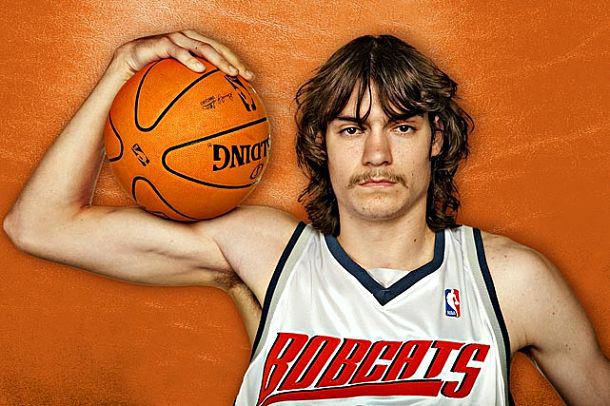Can’t believe it, but another fantasy season is in the books. I hope you enjoyed it and can celebrate some success. I’ll keep the talk short this week and get to the players we have to thank for our wins and those we have to blame for our losses. Obviously, players have hot streaks, so some of the most valuable players were valuable for, like, a month or maybe half a season. However, I’m going to compare season-long results to average draft position and highlight a few players that performed dramatically differently than expected.
I thought about using total season stats, but the differences there often are so heavily influenced by injuries that I don’t think it’s a good way to judge how well a player played. So, I’ll just be looking at per-game stats for 8-cat and 9-cat. Players that exceeded their draft position the most (“most” being subjective, since someone that was drafted 10th and finished 3rd could be considered more or less of a value than someone that was drafted 120th and finished 60th, for example). Then, those that finished most below their ADP. You get it. Sort of a breakouts and busts with 20/20 hindsight. I used the Yahoo ADPs (should be a mix of 8 and 9-cat leagues) and the Basketball Monster Player Rankings.
Please, blog, may I have some more?






